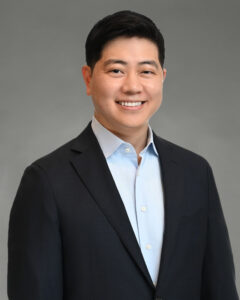
Natural cycle and minimal stimulation IVF
When IVF treatment was first developed in the late 1970’s, stimulation medications were not utilized. Rather, patients were monitored during their normal ovulation cycles. The timing of egg retrieval was based on the occurrence of a woman’s spontaneous LH surge, which had to be measured several times per day with large volumes of urine collected throughout multiple 24 hour periods. Natural cycle IVF has been largely abandoned in modern day fertility treatment. There is a significant risk of not obtaining an egg at retrieval and of failure of fertilization if an egg is retrieved. The introduction of medications to suppress the LH surge has decreased the cancellation rate, but the chance of having a healthy, viable embryo from one follicle, especially in older women, is quite low.
Minimal stimulation (“Min Stim”) IVF
An alternative to Natural Cycle IVF is an approach that utilizes minimal stimulation, usually with oral ovulation induction medications or very low dose gonadotropins. These cycles typically require the use of LH-suppressing medications and a “trigger” injection of HCG to cause complete maturation of the oocyte within the follicle. The main advantage to minimal stimulation is the cost savings in medications given during the initial phase of IVF. However, when one considers the financial components of an IVF cycle, the medications represent a fraction of the overall cost.
By significantly limiting ovarian stimulation, the financial savings realized typically do not justify the trade off in lower numbers of eggs available to achieve normal embryo development. For this reason, both natural cycle IVF and minimal stimulation IVF are not routinely performed at TFC.
Candidates for natural cycle and minimal stimulation IVF
Some couples will occasionally inquire about a natural IVF cycle or minimal stimulation IVF because of medical or moral objections to stimulated IVF or because of medical contraindications to controlled ovarian hyperstimulation. With the introduction of estrogen antagonists which can counter the effects of high hormone levels as well as medications to prevent the occurrence of blood clots, controlled ovarian hyperstimulation can be achieved with minimal risks.
The goal of the natural cycle is the retrieval of one egg and replacement of one embryo. Historically, the success rate of these types of cycles is less than 5%, which is the major disadvantage of this approach to IVF.
Contact us to schedule a consultation at our Austin IVF center and learn more about in vitro fertilization.













